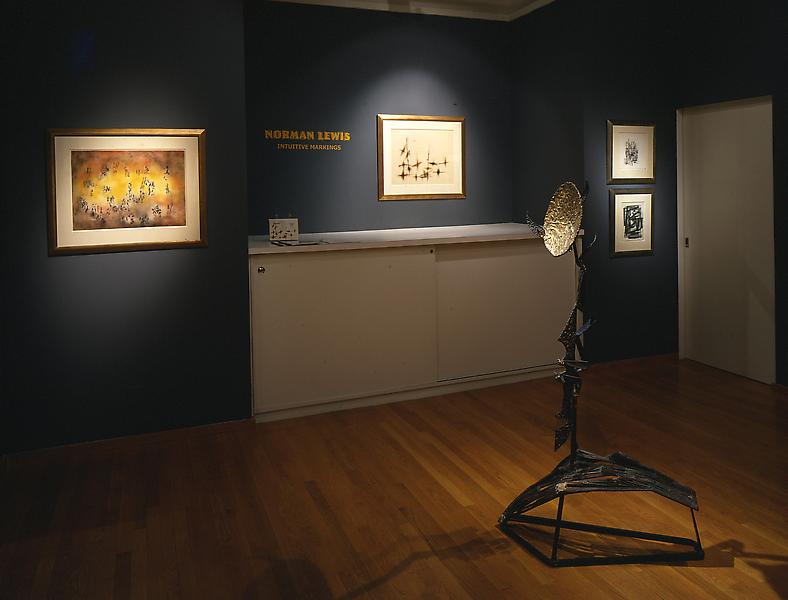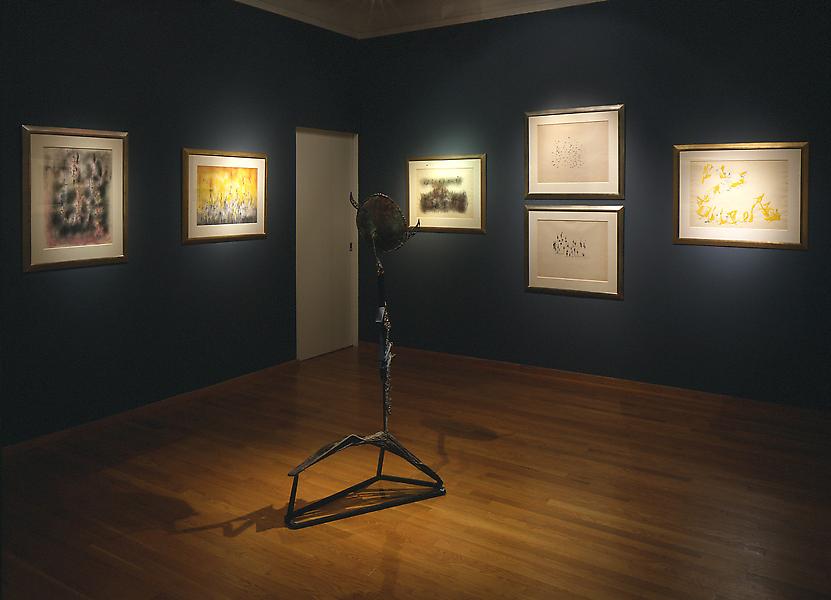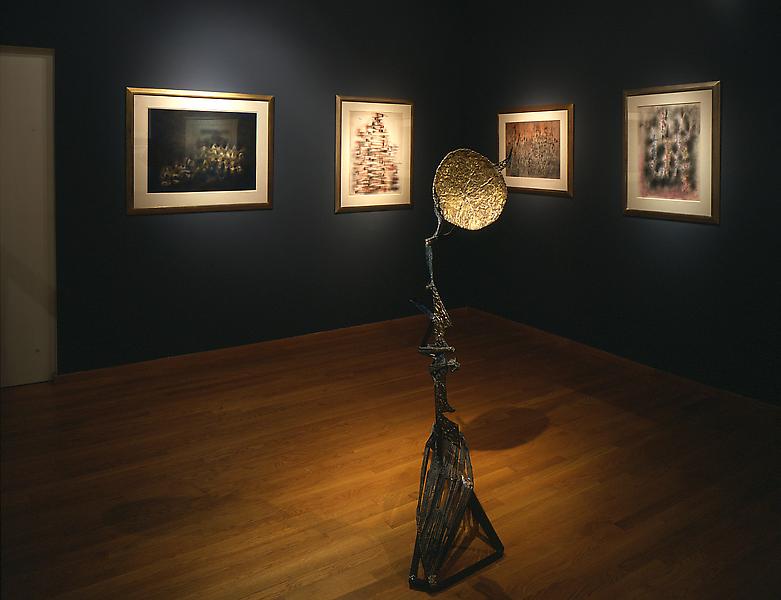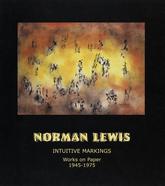For many years, I, too, struggled single-mindedly to express social conflict through my painting. However, gradually I came to realize that certain things are true: the development of one’s aesthetic abilities suffers from such emphasis; the content of truly creative work must be inherently aesthetic or the work becomes merely another form of illustration; therefore, the goal of the artist must be aesthetic development, and in a universal sense, to make in his own way some contribution to culture.
-Norman Lewis, 1949
Norman Wilfred Lewis, born in New York City, studied with Augusta Savage at the Savage School (1933) and at Columbia University (c.1933-1935). During the Great Depression, Lewis taught art through the Federal Arts Project (1936-1939) at the Harlem Community Art Center and later with Elizabeth Catlett and Charles White at George Washington Carver School. Lewis frequented 306, a school founded by artist Charles Alston that served as a center for the most creative minds in Harlem including Romare Bearden and Jacob Lawrence; as well as writers, musicians and actors including Orson Welles, Ralph Ellison, and Benny Goodman. Although Lewis joined the Artists Union and was an ardent political activist, he believed that "political and social aspects should not be the primary concern; esthetic ideas should have preference."
Lewis’ work of the late 1930s and early 1940s was predominantly figurative social realism, concentrating on the lives of the urban black families and workers. In the mid-1940s, Lewis abandoned realism and began to explore abstraction, becoming one of the important artists to develop as part of the New York School and the Abstract Expressionist movement. His abstract objective was shared and debated with among others, Ad Reinhardt, Robert Motherwell and Jackson Pollock in the group known as Studio 35. By the late 1940s, Lewis was represented by Willard Gallery in New York City and had developed his own personal calligraphic style consisting of fluid forms suggesting groups of figures in activity. In 1955, Lewis received the Carnegie International Award in Painting for Migrating Birds, making him the first African-American artist to receive this prestigious prize. Lewis was a founding member of the Spiral Group (1963-1966) and in 1969, along with Romare Bearden and Ernest Crichlow, founded Cinque Gallery, a downtown gallery dedicated to emerging minority artists. A recipient of a National Endowment for the Arts (1972) and a Guggenheim Memorial Fellowship (1975), Lewis received his first retrospective exhibition in 1976 at the Graduate Center of City College, New York. A traveling retrospective was also recently organized by The Studio Museum in Harlem.
This exhibition features a diverse body of works on paper and illustrates the artist’s commitment to abstraction. To learn more about Norman Lewis, please visit our Artists section.




